গবেষকরা কৃত্রিম প্রাণ তৈরী করতে পেরেছেন বলে একটি রিপোর্ট বেরিয়েছে । গত সপ্তাহে বিজ্ঞানীদের মহলে এটি বেশ আলোচিত একটি বিষয় ছিল।
Scientists Create Synthetic Organism
Heralding a potential new era in biology, scientists for the first time have created a synthetic cell, completely controlled by man-made genetic instructions, researchers at the private J. Craig Venter Institute announced Thursday.
Tom Deerinck and Mark Ellisman, National Center for Microscopy and Imaging Research, University of California, San Diego
Scanning electron micrographs of M. mycoide
Created at a cost of $40 million, this experimental one-cell organism, which can reproduce, opens the way to the manipulation of life on a previously unattainable scale, several researchers and ethics experts said. Scientists have been altering DNA piecemeal for a generation, producing a menagerie of genetically engineered plants and animals. But the ability to craft an entire organism offers a new power over life, they said.
The development, documented in the peer-reviewed journal Science, may stir anew nagging questions of ethics, law and public safety about artificial life that biomedical experts have been debating for more than a decade.
“This is literally a turning point in the relationship between man and nature,” said molecular biologist Richard Ebright at Rutgers University, who wasn’t involved in the project. “For the first time, someone has generated an entire artificial cell with predetermined properties.”
David Magnus, director of the Stanford University Center for Biomedical Ethics, said, “It has the potential to transform genetic engineering. The research is going to explode.”
Leery of previous moral and ethical debates about whether it is right to manipulate life forms—which arose with the advent of cloning, stem-cell technology and genetic engineering—some researchers chose neutral terms to describe the experimental cell. Some played down the development.
“I don’t think it represents the creation of an artificial life form,” said biomedical engineer James Collins at Boston University. “I view this as an organism with a synthetic genome, not as a synthetic organism. It is tough to draw where the line is.”
For the first time, scientists have created a synthetic cell, heralding a new era in biology. Shelly Banjo talks to Robert Lee Hotz about the huge implications of this development.
The new cell, a bacterium, was conceived solely as a demonstration project. But several biologists said they believed that the laboratory technique used to birth it would soon be applied to other strains of bacteria with commercial potential.
“I think this quickly will be applied to all the most important industrial bacteria,” said biologist Christopher Voigt at the University of California, San Francisco, who is developing microbes that help make gasoline.
Several companies are already seeking to take advantage of the new field, called synthetic biology, which combines chemistry, computer science, molecular biology, genetics and cell biology to breed industrial life forms that can secrete fuels, vaccines or other commercial products.
Synthetic Genomics Inc., a company founded by Dr. Venter, provided $30 million to fund the experiments and owns the intellectual-property rights to the cell-creation techniques. The company has a $600 million contract with Exxon Mobil Corp. to design algae that can capture carbon dioxide and make fuel.
At least three other companies—Amyris Biotechnologies in Emeryville, Calif.; LS9 Inc. in San Francisco; and Joule Unlimited in Cambridge, Mass.—are working on synthetic cells to produce renewable fuels.
Although patents on single genes now face legal challenges, Dr. Venter said he intends to patent his experimental cells. “They are pretty clearly human inventions,” he said.
Before making their work public, the researchers said, they briefed White House officials, members of Congress and officials from several government agencies. Within minutes of Thursday’s announcement, the House Energy and Commerce Committee announced it would hold a public hearing on the new technology next week.
Environmental groups also reacted quickly. Friends of the Earth issued a statement asking the Environmental Protection Agency and the Food and Drug Administration “to fully regulate all synthetic biology experiments and products,” while ETC Group, a group based in Canada, called for a global moratorium on synthetic biology.
There was no immediate reaction from Roman Catholic and Protestant groups that have questioned such developments in the past. There was some support. “It is very much within divine mandate that we do these things,” said theologian Nancey Murphy, who studies Christianity and science at the Fuller Theological Seminary, a multidenominational Christian seminary in Pasadena, Calif.
The announcement Thursday was the culmination of a project Dr. Venter and his colleagues have pursued since 1995. In a series of peer-reviewed papers, the group has published the interim technical steps. So far, that research has withstood scrutiny.
The latest research was reviewed by a panel of independent scientists, but no one has duplicated the team’s experiment. Other researchers working on different approaches in the field found the report credible and said it combined a series of prior advances.
“They are pulling all the pieces together,” said Drew Endy, a biologist at Stanford University who is president of the BioBricks Foundation, a nonprofit consortium organized by researchers from Harvard University, the Massachusetts Institute of Technology and the University of California to make the DNA tools of synthetic biology freely available.
To make the synthetic cell, a team of 25 researchers at labs in Rockville, Md., and San Diego, led by bioengineer Daniel Gibson and Mr. Venter, essentially turned computer code into a new life form. They started with a species of bacteria called Mycoplasma capricolum and, by replacing its genome with one they wrote themselves, turned it into a customized variant of a second existing species, called Mycoplasma mycoides, they reported.
To assemble the strips of DNA, the researchers said they took advantage of the natural capacities of yeast and other bacteria to meld genes and chromosomes in order to stitch those short sequences into ever-longer fragments until they had assembled the complete genome, as the entire set of an organism’s genetic instructions is called.
They transplanted that master set of genes into an emptied cell, where it converted the cell into a different species.
“We make a genome from four bottles of chemicals; we put that synthetic genome into a cell; that synthetic genome takes over the cell,” said Dr. Gibson. “The cell is entirely controlled by that new genome.”
The scientists didn’t give the new organism its own species name, but they did give its synthetic genome an official version number, Mycoplasma mycoides JCVI-syn1.0.
To set this novel bacterium—and all its descendants—apart from any natural creation, Dr. Venter and his colleagues wrote their names into its chemical DNA code, along with three apt quotations from James Joyce and others. These genetic watermarks will, eventually, allow the researchers to assert ownership of the cells. “You have to have a way of tracking it,” said Stanford ethicist Mildred Cho, who has studied the issues posed by the creation of such organisms.
Write to Robert Lee Hotz at [email protected]





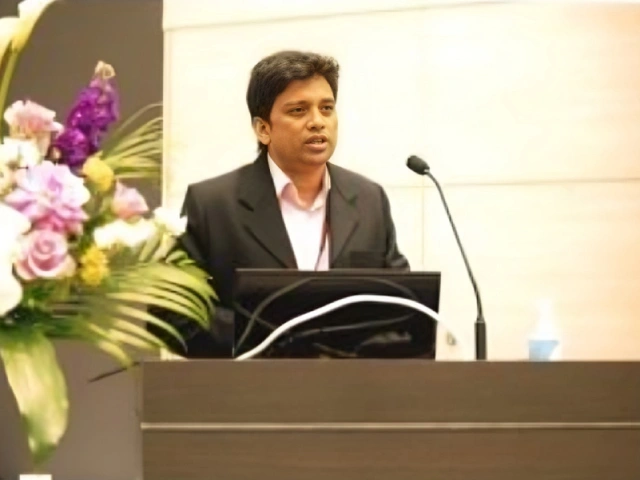



















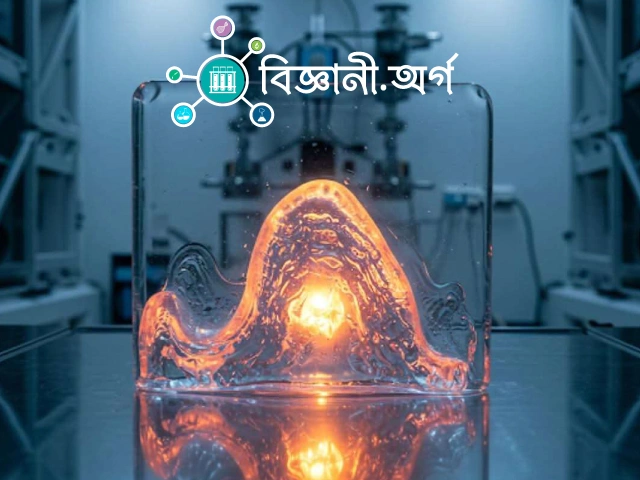
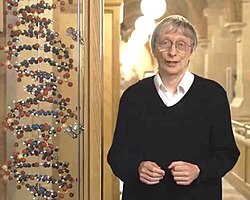



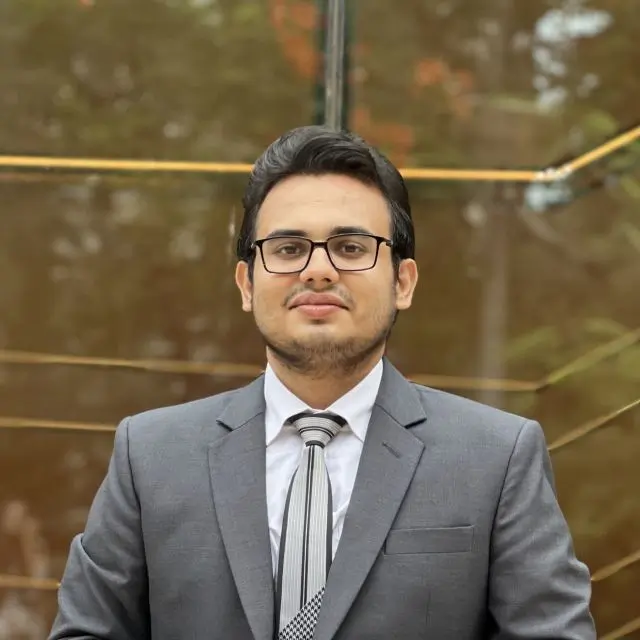


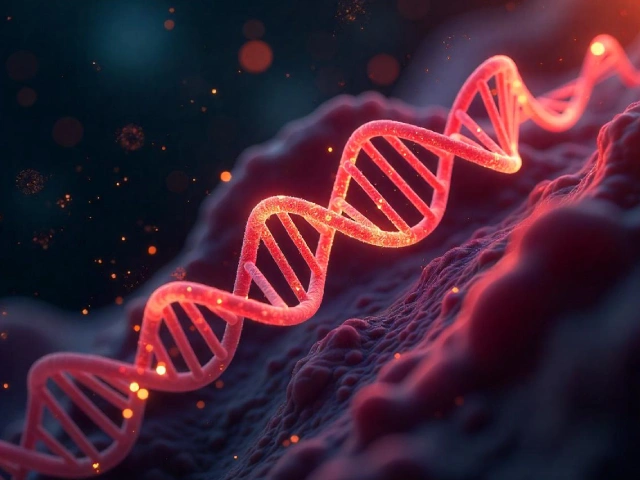


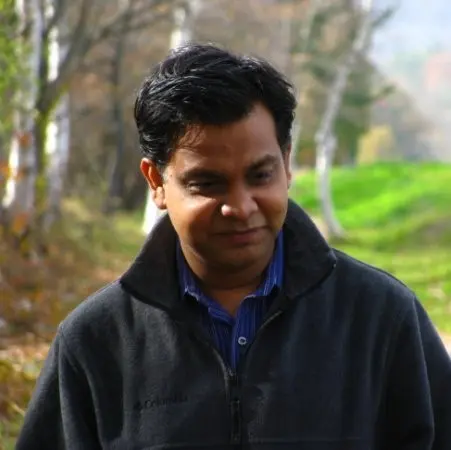
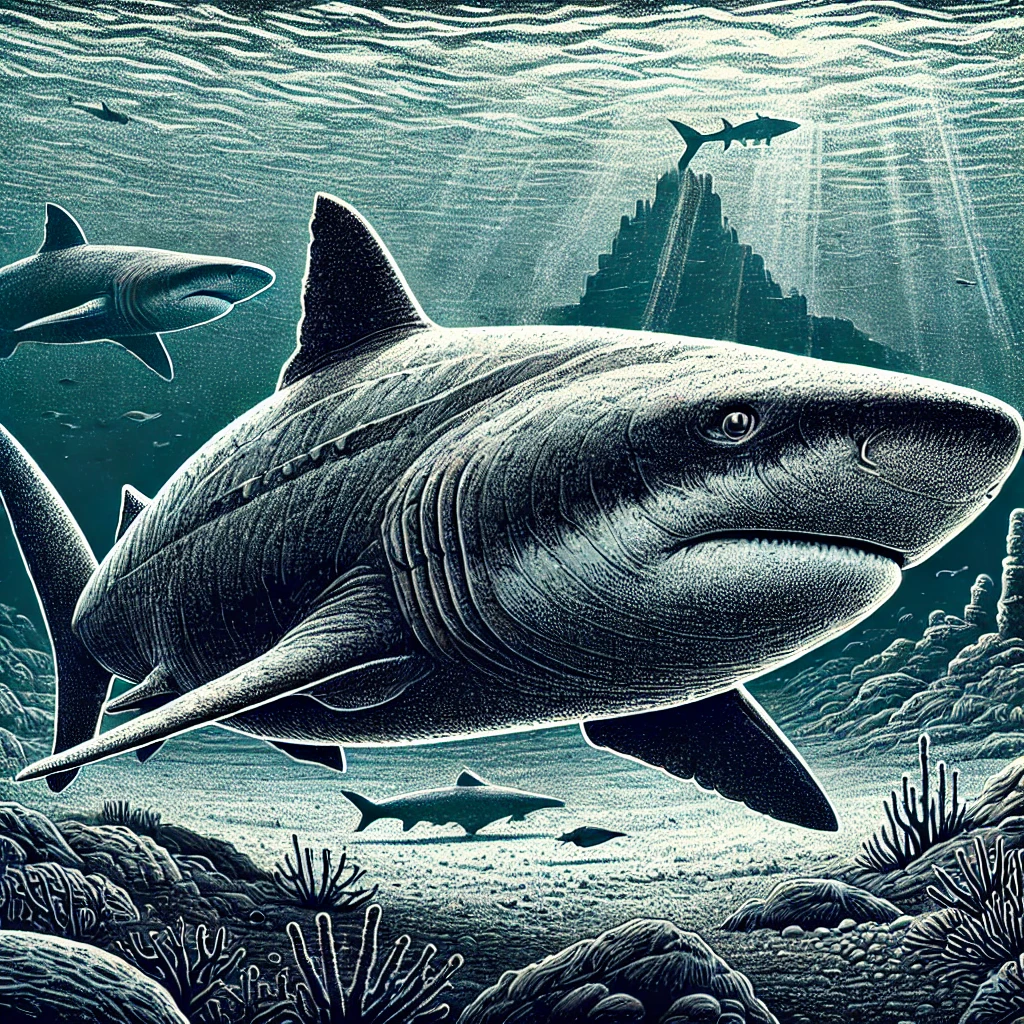






![[LifePromo]](http://si.wsj.net/public/resources/images/OB-IO592_LifePr_D_20100521004719.jpg)







বিষয়টি বেশ কৌতুহলের জন্ম দিলেও বিজ্ঞানের নতুন নতুন আবিষ্কার চমকে দিবে পৃথিবীবাসীকে।
হাগল না, হ্যাগরে হাগলে কামরাইছে…
চমকাইব, চমকাইব না! চমকাইতে হইব। আবিষ্কার করার জন্যে ধন্যবাদ। কিন্তু কথাটি যদি সত্য হয়, তবে চমক আরও অপেক্ষা করছে। আর তা হল, ধ্বংসের চমক। আশা করি ভাল লাগবে…
কৃত্রিম প্রান এক দিন তৈরী হবেই। এতে সৃষ্টিকর্তার কোন অবমাননা হবে না। কারন তার ইচ্ছা ছাড়া গাছের একটি পাতাো নাকি নড়ে না।
MANUSH ER GEAN ETA ALLAH PRAPTHO,ALLAH NIJEY BOLLECHEN TUME GEAN ORJJON KORO,R MANNUSH THO SETAI KORCHEE ,R AMI O MONEY KORE ETHE ALLAH R KO NO OPOMANNOTHA HOCHCHAY KI ,,,ASHA KO RE NA
Ayub hossain thikoy bolechen. Keamoter age manush pran toire korte parbe. Kotha sotto……. Sobai mrittur jonno prostut hou……………HASAN….. Uhhh hahahahahahahahahah……
এত টাকা খরচ করে এটুকুন একটা প্রাণ ? কবে যে মানুষ তৈরী করবে বিজ্ঞানী রা ?